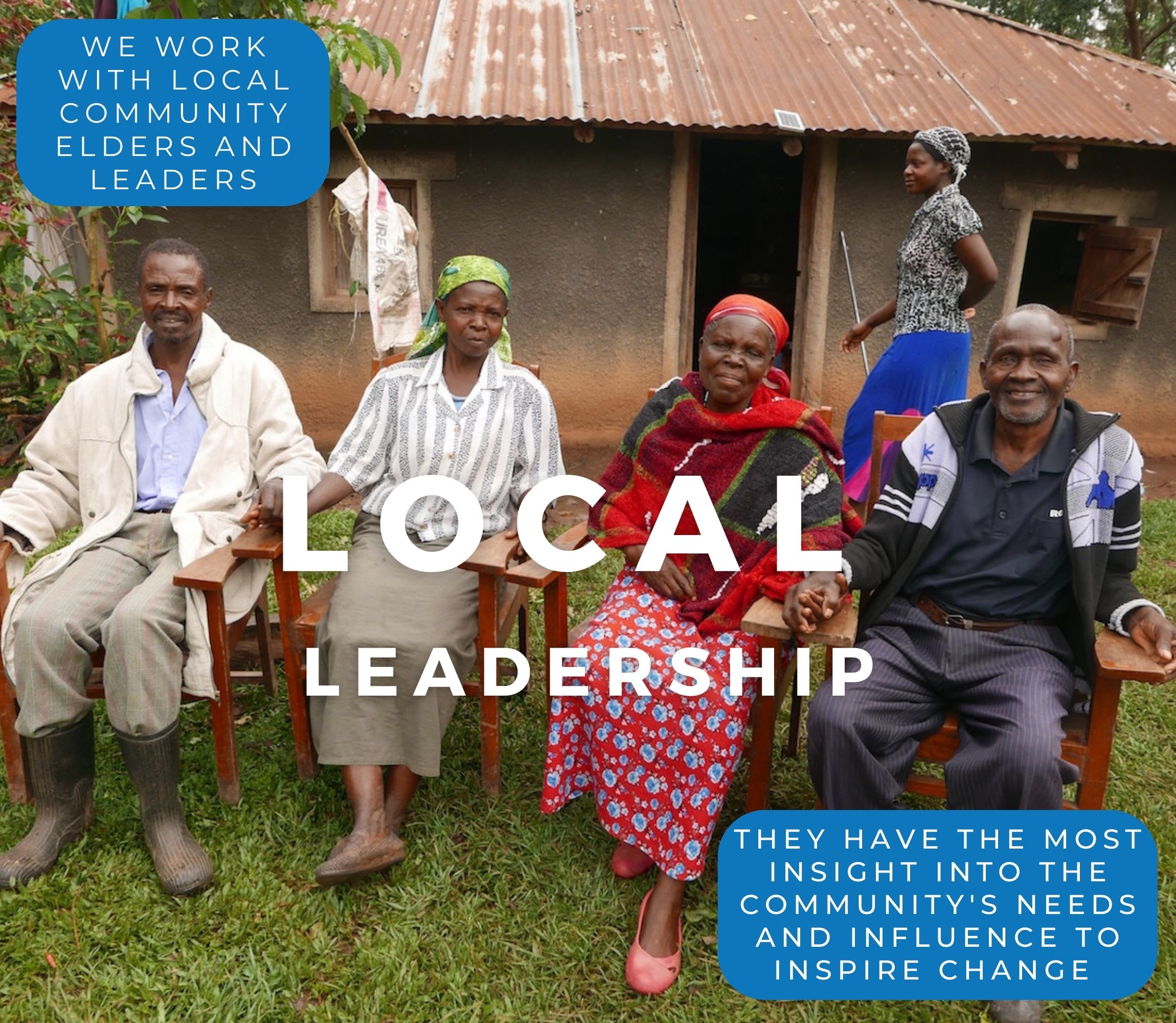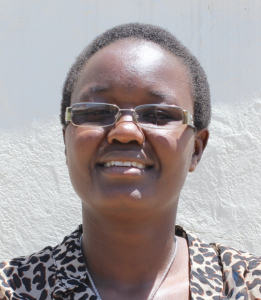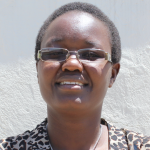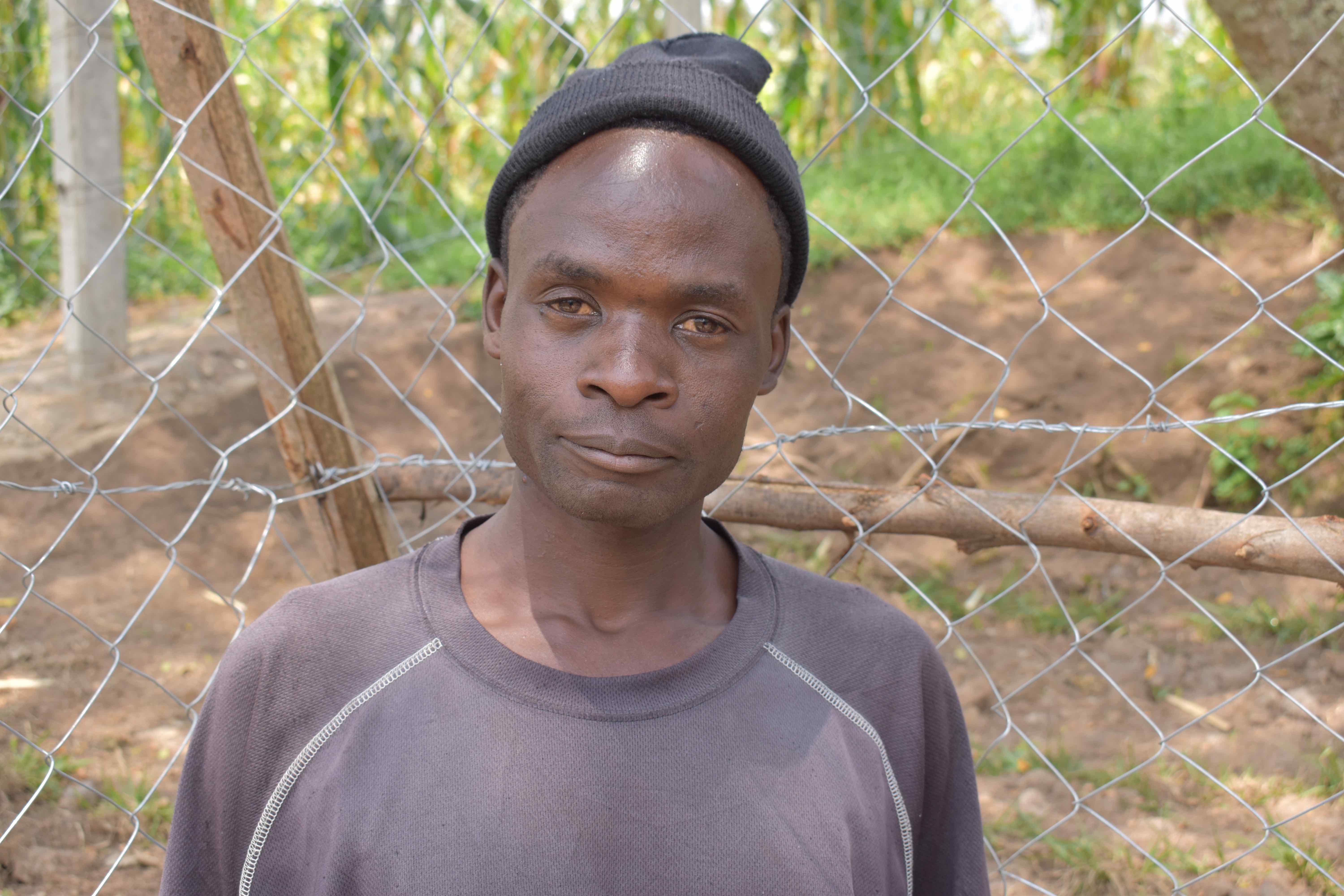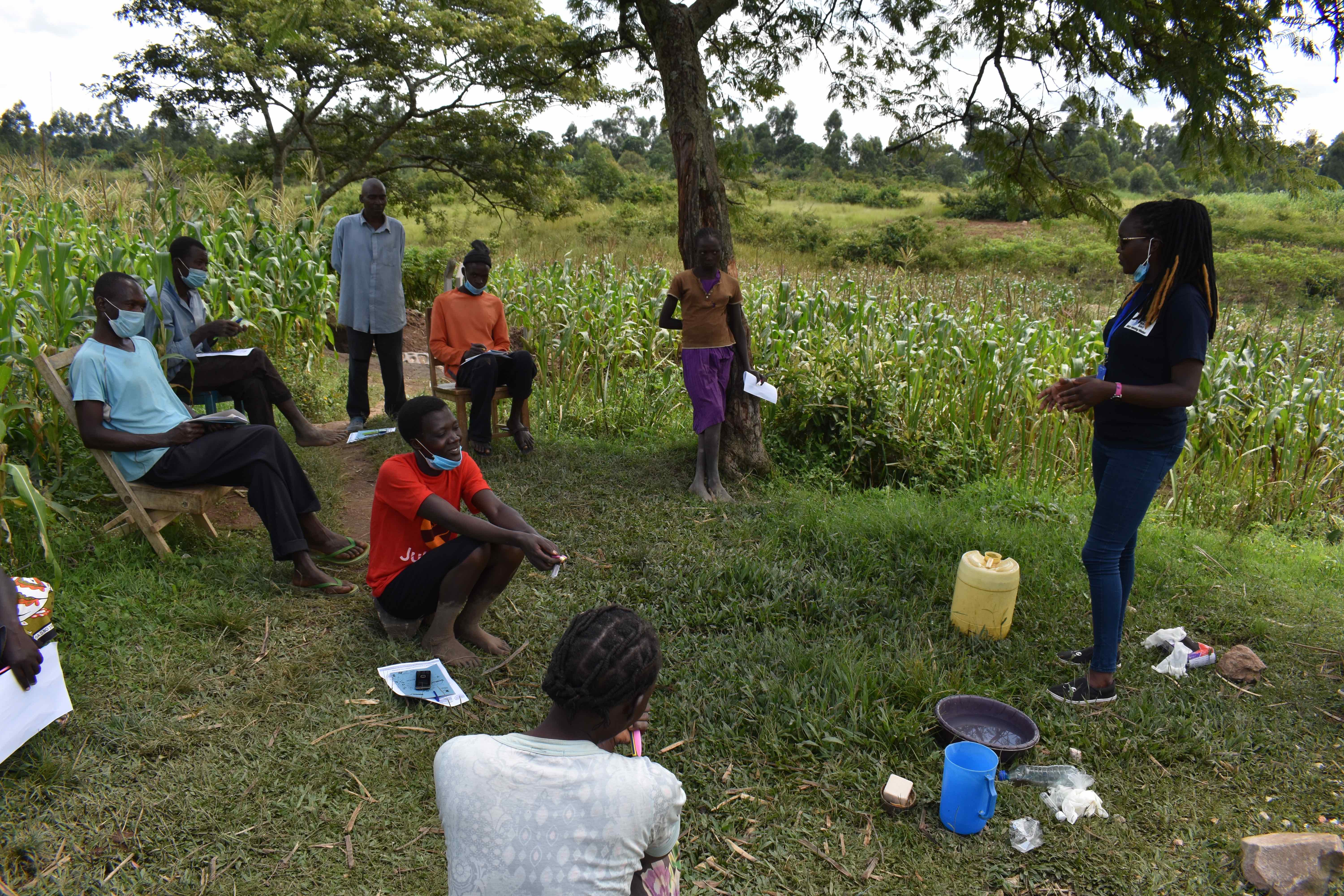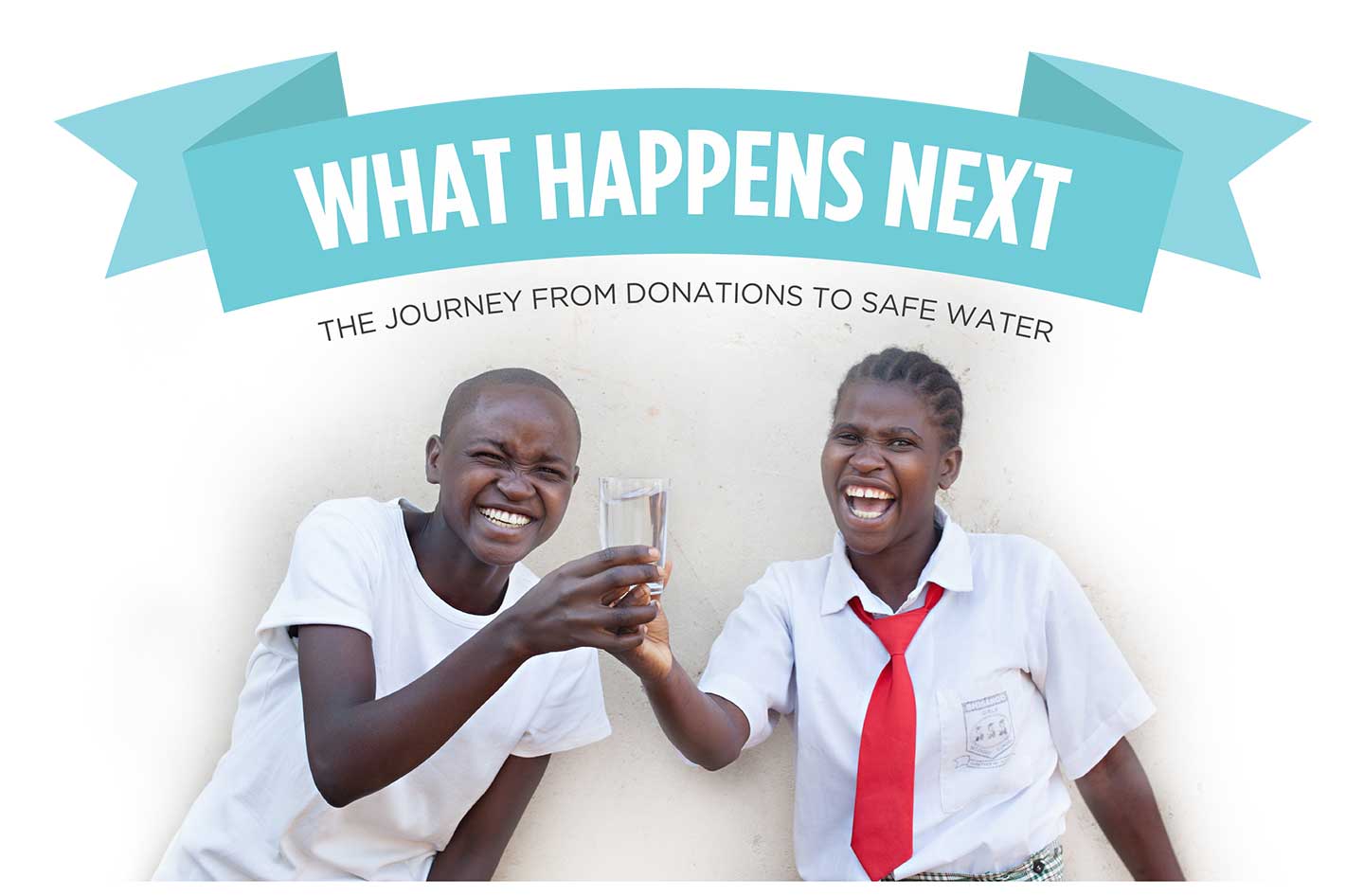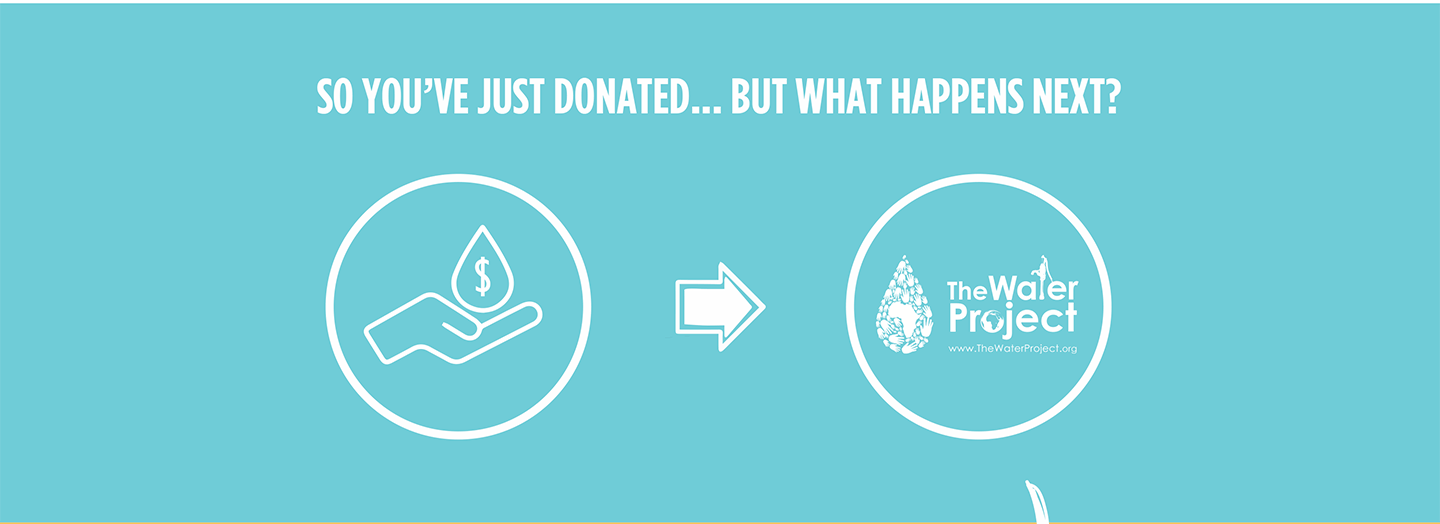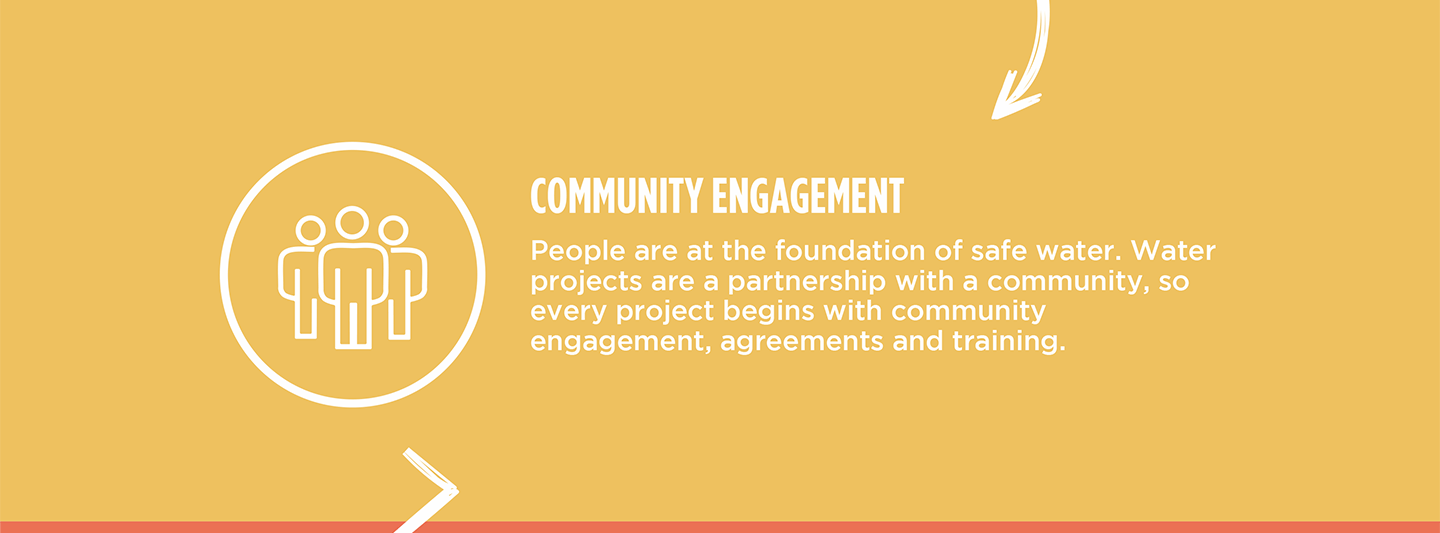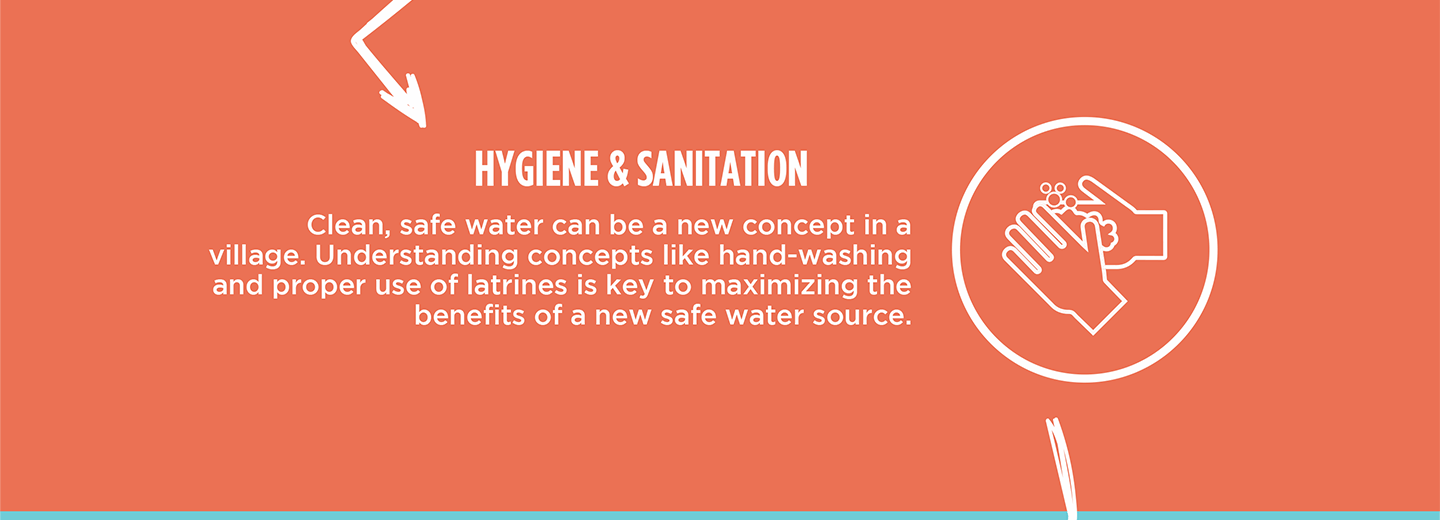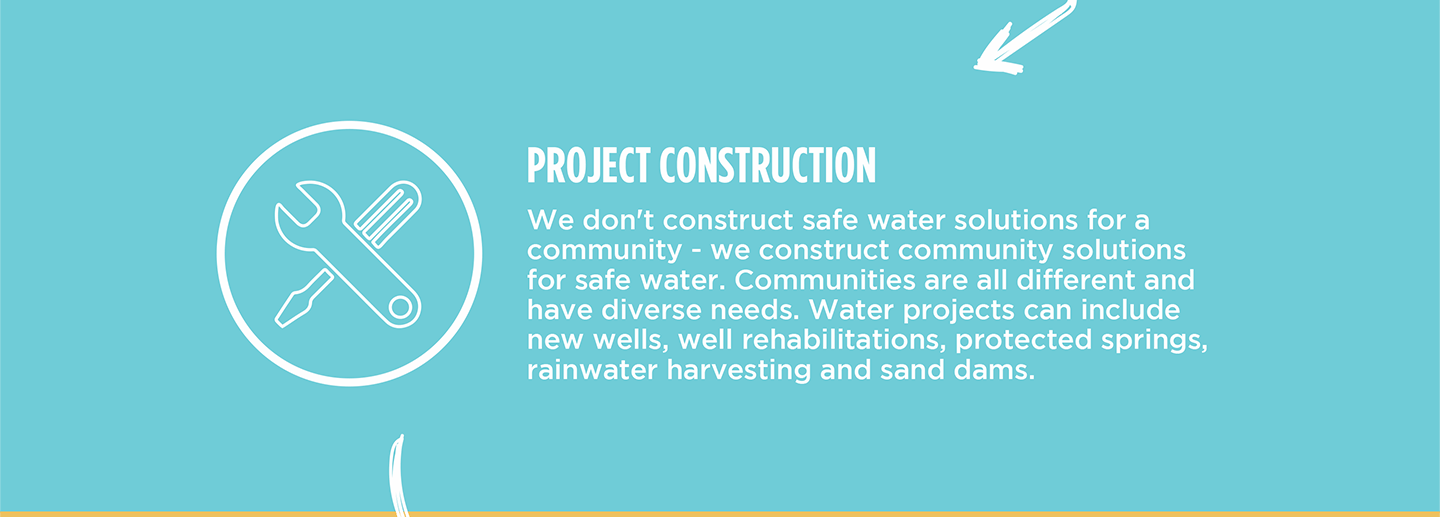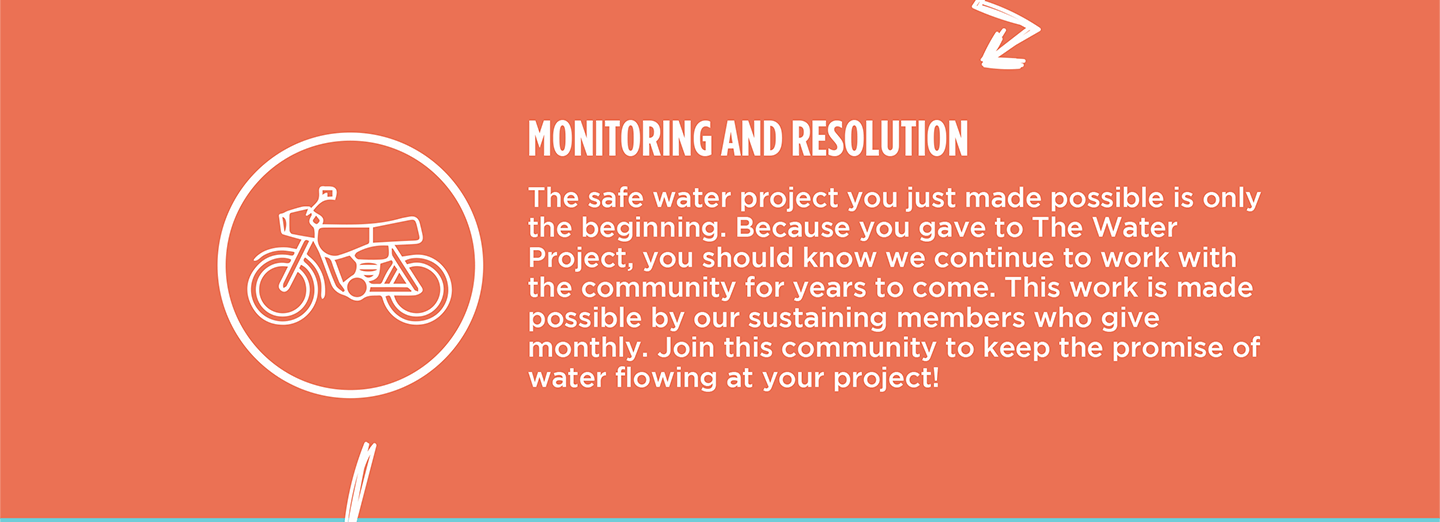Green is the first impression you get when you look at the water from Makunga Spring, resulting from the thick layers of algae in the water. The algae floats on top and sits several layers deep within the water, even coating the spring's bottom. There is so much algae and plant material in this spring that community members who own them have to bring sieves to the water point to filter their water as they pour it from small scooping jugs into their larger jerrycans.
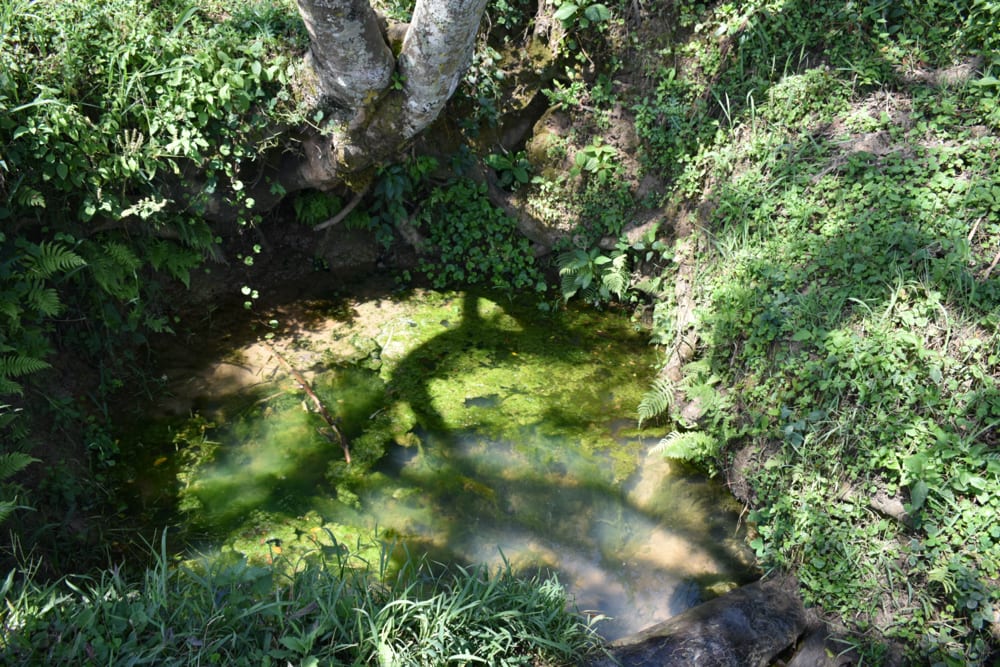
And yet, the algae is not the only contaminant in this spring. Because it is open, Makunga Spring is prone to surface runoff from the rains. The runoff carries soil, farm chemicals, and animals waste directly into the drinking water source. Any soil and bacteria on the containers people scoop and submerge in the water, along with their hands and feet, also enter the water while they are fetching it.
This water is unsafe to drink, yet Makunga Spring is the primary water source for 250 people in Lunyinya. Community members are forced to waste a lot of time at the spring each day as they wait for person after person to scoop and pour their water. If more than 1 person tries to fetch at once, or if people fetch too quickly, even more algae and mud from the spring's bottom is churned up into the water. During the rainy season, the water becomes so dirty that people cannot even use it to wash clothes without decanting it several times.
Spending so much time at the spring affects the rest of the community members' schedules and work plans. People find themselves spending more time at the spring than anywhere else.
"The severe effects of drinking this spring water that we have encountered as a community are continuous visits to the hospital because of stomachaches. This has changed our lives because it is expensive to visit the hospital every time. The water causes the skin to be itchy, especially during the rainy season," explained Mr. James Nyongesa, a 20-year-old farmer in the community.
"It will be my joy that Makunga Spring will be protected," James added, "because all the diseases that we have been suffering from will be past tense. Our children have suffered because of stomachaches but now it will come to an end because we will get clean water."
Due to the spring's poor access area, community members overcrowd at the spring, especially during the dry season when people from other villages seek out Makunga Spring for its reliable water. But the overcrowding leads to conflicts between neighbors and even within families. Everyone is trying their best to move quickly yet carefully while fetching water, and no one means to disturb the water. Everyone's work and business is at stake while they wait. People just want to fetch clean water so they can get on with the rest of their day.
"Since the spring will be protected, we will be able to enjoy fetching clean and safe water for consumption that will be flowing all the time," shared Sharon optimistically, a teenager and secondary school student in the community.
What We Can Do:
Spring Protection
Protecting the spring will help provide access to cleaner and safer water and reduce the time people have to spend to fetch it. Construction will keep surface runoff and other contaminants out of the water. With the community’s high involvement in the process, there should be a good sense of responsibility and ownership for the new clean water source.
Fetching water is a task predominantly carried out by women and young girls. Protecting the spring and offering training and support will, therefore, help empower the female members of the community by freeing up more of their time and energy to engage and invest in income-generating activities and their education.
Training on Health, Hygiene, COVID-19, and More
To hold trainings during the pandemic, we work closely with both community leaders and the local government to approve small groups to attend training. We ask community leaders to invite a select yet representative group of people to attend training who will then act as ambassadors to the rest of the community to share what they learn. We also communicate our expectations of physical distancing and wearing masks for all who choose to attend.
The training will focus on improved hygiene, health, and sanitation habits in this community. We will also have a dedicated session on COVID-19 symptoms, transmission routes, and prevention best practices.
With the community’s input, we will identify key leverage points where they can alter their practices at the personal, household, and community levels to affect change. This training will help to ensure participants have the knowledge they need about healthy practices and their importance to make the most of their water point as soon as water is flowing.
Our team of facilitators will use a variety of methods to train community members. Some of these methods include participatory hygiene and sanitation transformation, asset-based community development, group discussions, handouts, and demonstrations at the spring.
One of the most important issues we plan to cover is the handling, storage, and treatment of water. Having a clean water source will be extremely helpful, but it is useless if water gets contaminated by the time it is consumed. We and the community strongly believe that all of these components will work together to improve living standards here, which will help to unlock the potential for these community members to live better, healthier lives.
We will then conduct a small series of follow-up trainings before transitioning to our regularly scheduled support visits throughout the year.
Training will result in the formation of a water user committee, elected by their peers, that will oversee the operations and maintenance of the spring. The committee will enforce proper behavior around the spring and delegate tasks that will help preserve the site, such as building a fence and digging proper drainage channels. The fence will keep out destructive animals and unwanted waste, and the drainage will keep the area’s mosquito population at a minimum.
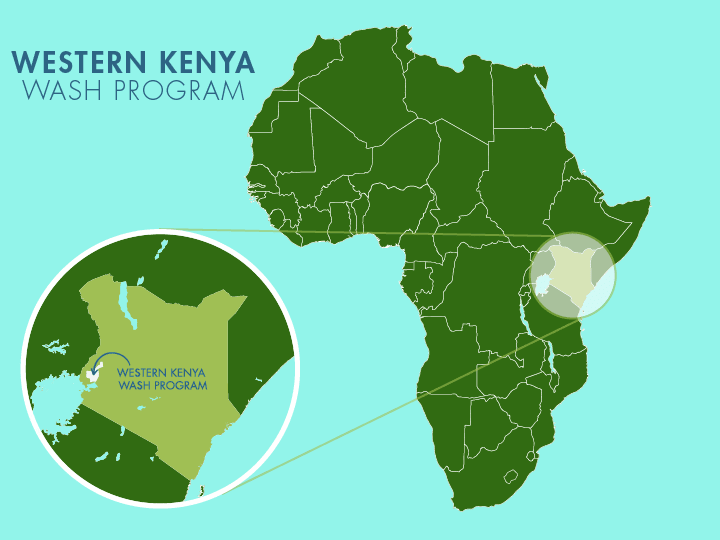
 Protected Spring
Protected Spring
 Rehabilitation Project
Rehabilitation Project

